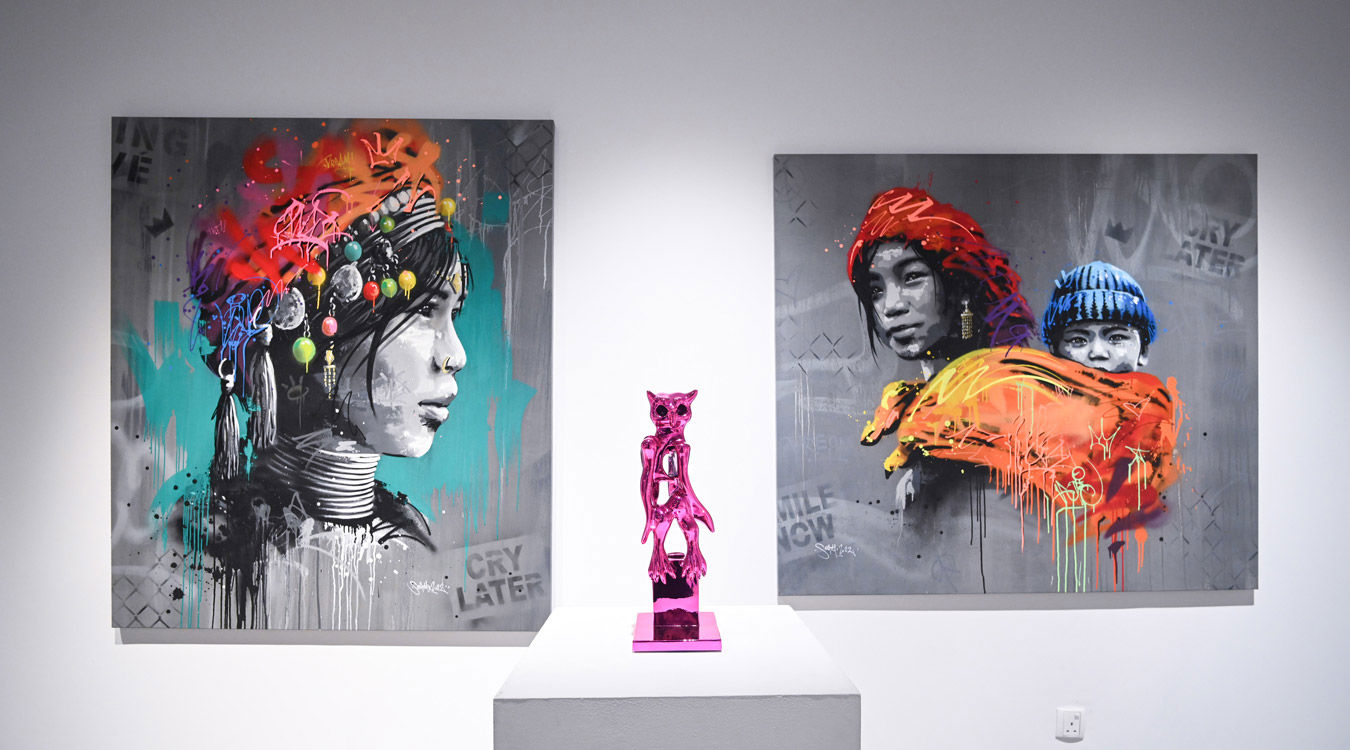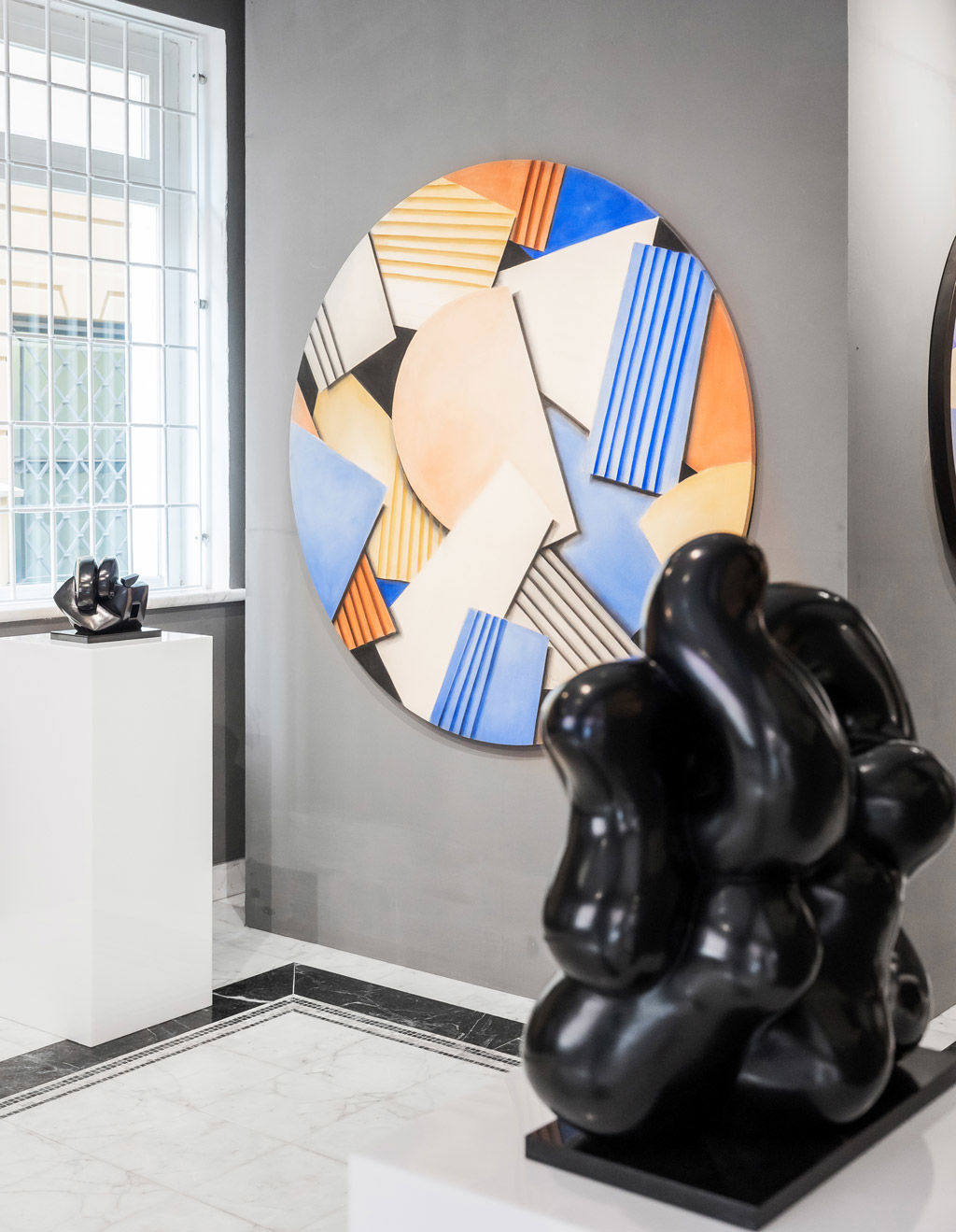

Oblong Contemporary Gallery is far more than an elegant, luminous, and welcoming space. It is a narrative ecosystem—a place in Forte dei Marmi where culture unfolds as a free, accessible, and continuous experience. It inhabits the art market yet moves beyond it, because it does not merely present artists and their works; it lives art, and aspires to reveal its depth and vibrancy. Sculpture, architecture, and painting enter into dialogue here, through the voices of emerging and established creators who mirror not only the trends and tastes, but also the many ways of thinking that define our time. The gallery is like a balcony not simply overlooking, but leaning outward, reaching into the world.
This is the essence of Oblong Contemporary Gallery: a place where art tells its own story. One comes not only to look, admire, or acquire, but above all to understand and to learn. What matters most is not the emotional impulse of owning an artwork, however captivating, but the discovery of an artist and the fascination of his or her world. It is the unveiling of ideas and, most importantly, the revelation of the soul within a work. Without this, if the artwork does not release its spirit, its story, its path, it risks being reduced to mere objecthood—or worse, to the triviality of a decorative ornament. Perhaps of significant financial worth, but lacking that vital pathos which elevates beauty each time we encounter it. The true ambition of Oblong is that, upon leaving, each visitor carries within them a trace, an impression, something indelible. So central is this vision that the gallery does not remain confined to its interiors: it ventures outward, into the streets and piazzas, seeking dialogue with the passerby.

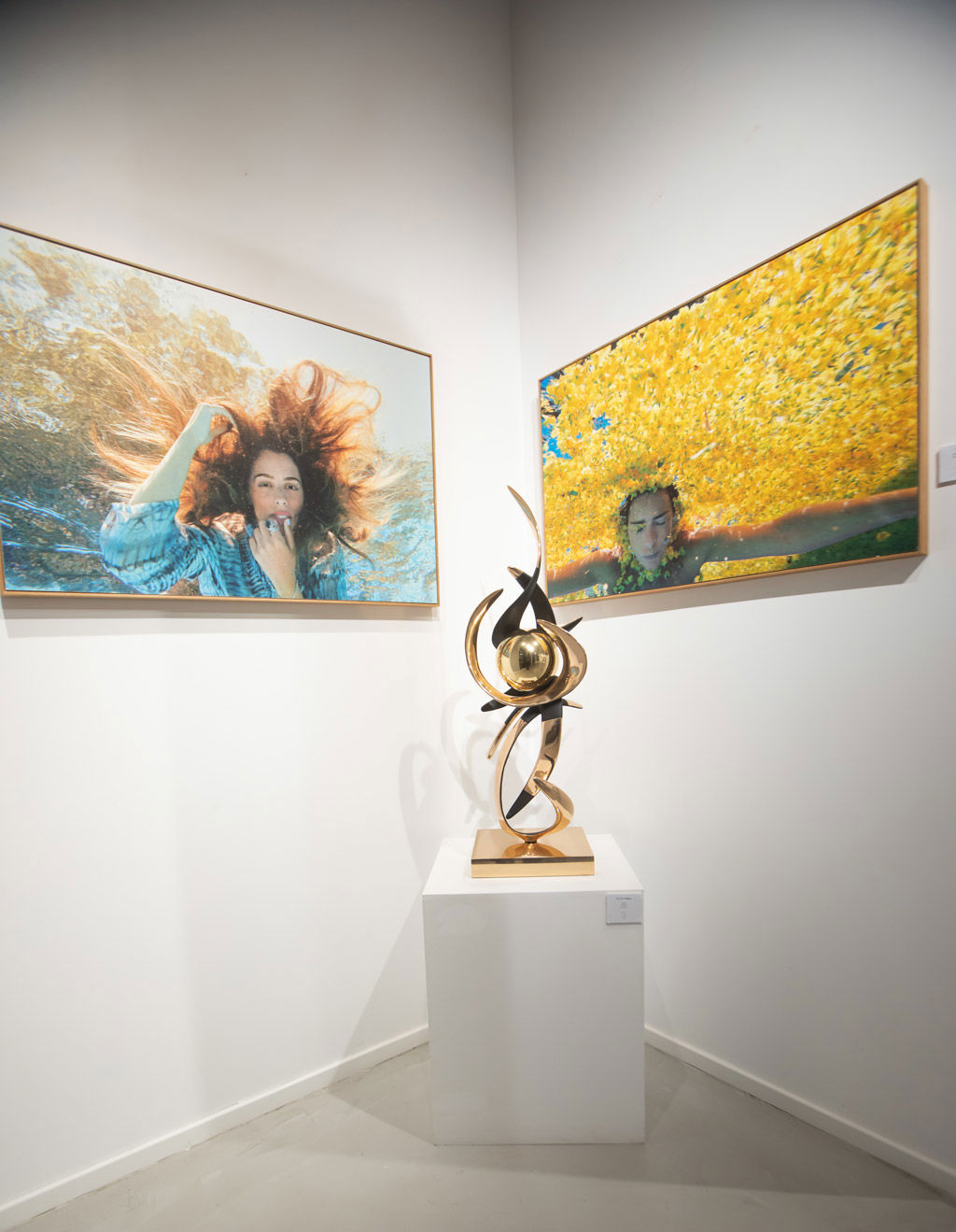
Thus, the gallery’s spirit is not elitist in the narrow sense, but in the higher one: here, contemporary art—as envisioned by its founders Emanuela Venturini and Paola Marucci — is discovered in its originality, understood in its authenticity, and shared in its truth. Its value is revealed in a market that remains, by nature, both wondrous, verging on the magical, and yet complex, vast, and multifaceted.
How is this accomplished? Through discernment in choice, meticulous attention to detail, vibrant communication, bespoke events, and above all, by offering an immersive experience capable of engaging seasoned connoisseurs and, even more, guiding those who wish to enter this splendid universe for the first time. Inevitably, the standard can only be the highest.
NERO Lifestyle has already told the stories of some of the artists shown at Forte dei Marmi, among them Gustavo Vélez, Sophia Vari, Mimmo Rotella, Mario Schifano, Igor Mitoraj, Sauro Cavallini, Umberto Ciceri, Marco Host, Gianfranco Meggiato, Stefano Bombardieri, Antonio Signorini, Annalù, Riccardo Gusmaroli, Isabelle Scheltjens, and Giuseppe Maiorana.
From this selection arose—or rather, imposed itself—the idea of narrating the “temple”: a prestigious space devoted to cultivating the emotions of an international vision. A vision with its counterpart in the Dubai gallery: two places, two worlds, distinct yet harmonious, united by the universal language of art, transcending boundaries and becoming a bridge across the Mediterranean, between Europe and the Middle East.
This commitment requires nothing less than the careful selection of artists to be represented, the crafting of exhibitions that exalt their works, and the cultivation of dialogues without borders—meaningful exchanges with audiences near and far.
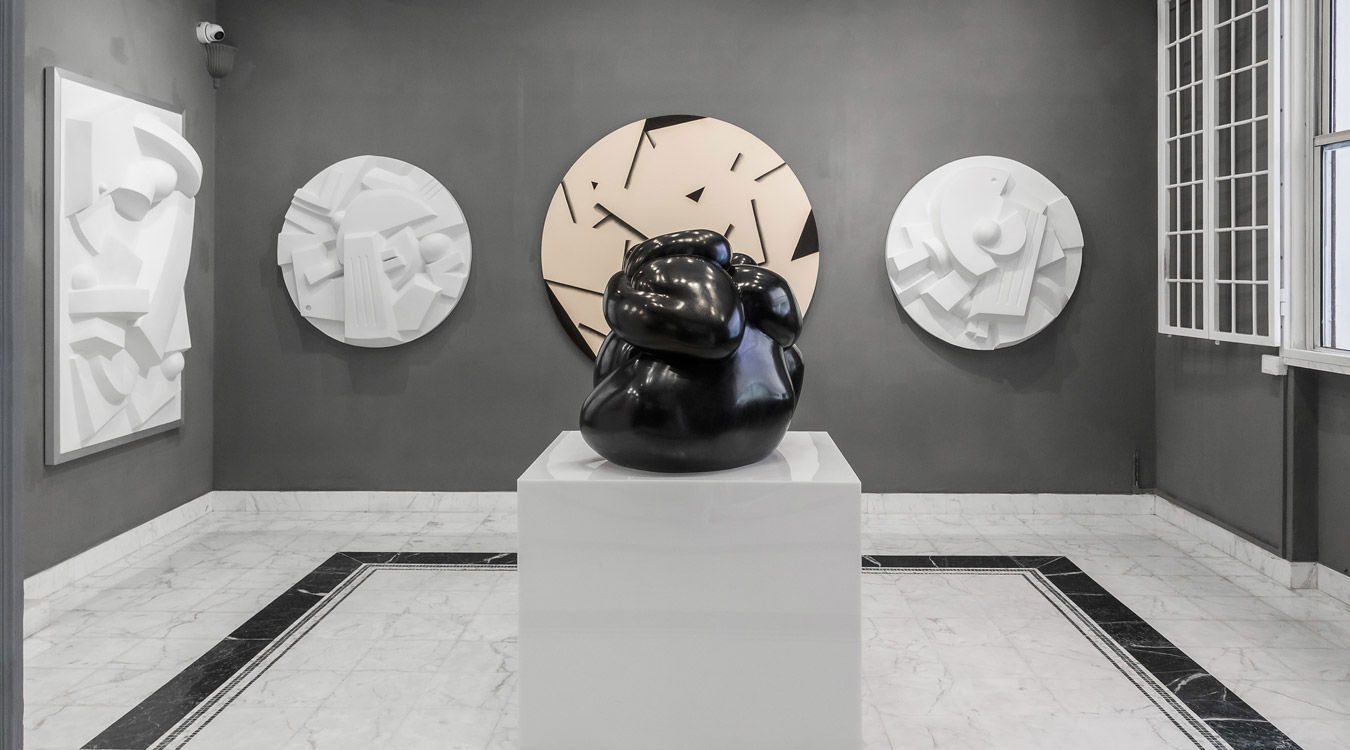
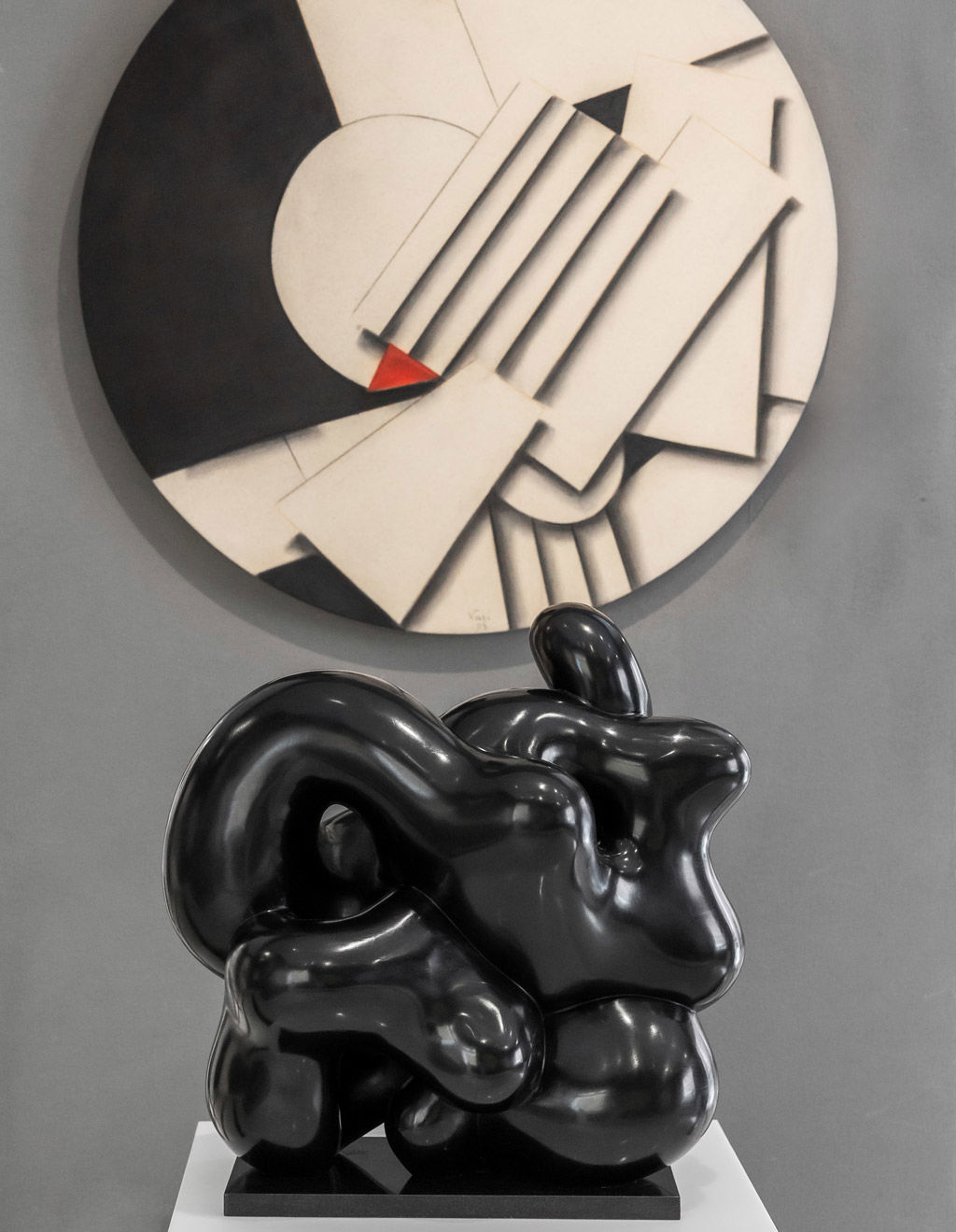
Here lies the gallery’s mission: to promote artists and their creations among collectors, museums, and critics, while developing strategies that amplify visibility for both the gallery and the works exhibited. Thus arises a living network, an osmosis between gallery and public, meeting people where they are most at ease—in whatever city, nation, or continent.
From New York to Berlin, Tokyo to Paris, contemporary art galleries are today the most vibrant and dynamic spaces for experiencing modern artistic expression. Globalization allows Oblong, with its 600 square meters between Forte dei Marmi and Dubai, to extend its reach and to offer an eclectic panorama of contemporary trends and emerging talents. The role of the gallerist, therefore, transcends the management of space, touching on the essential dynamics of the contemporary art world—a world profoundly transformed by the rise of social media. Oblong, already visionary when it first looked abroad to anticipate signals of change, was among the very first galleries in Italy to join Artsy—at a time when the platform was virtually unknown, and which today has become the norm.
Openness, then, yes—but with discernment. For even technology carries risks of distorting art, where the artist must contribute not only the idea, but the hand. This is Oblong Contemporary Gallery: in Forte dei Marmi, as in Dubai. Conceived and built by its founders, Emanuela Venturini and Paola Marucci, two visionary entrepreneurs united by a passion for culture, who have transformed their dream into an international platform. In just six years, Oblong has become a compelling presence on the Italian art scene. Even its name, chosen to reflect the elongated shape of the gallery’s space—two long and two short sides, all meeting at right angles—is symbolic: a union of Italian culture and Emirati identity, fused in the expression of a single origin—a genuine love for art.
